The Championship Interview - 沈悦啸(Yuexiao Shen) of DeepSky Category Winner
2023 Optolong Deep-Sky Astrophotography Competition Interviewing from 1st Prize Winner
Interviewee: 沈悦啸(Yuexiao Shen)
►Question one: First of all, congratulations on winning the championship in the Deep-Sky category of 2023 Optolong Deep-Sky Astrophotography competition. Could you please introduce yourself to us?
I am currently an Assistant Professor in the Civil, Environmental, and Construction Engineering Department at Texas Tech University. I graduated from the Department of Environmental Science and Engineering at Tsinghua University in 2009, received a master's degree in environmental engineering in 2011. In 2016, I obtained my Ph.D. in Chemical Engineering from The Pennsylvania State University. I also have two years of postdoctoral experience in the Chemistry Department at the University of California, Berkeley.
My current main job is undergraduate and graduate teaching and research. My research interests are utilizing efficient separation technologies for the removal of pollutants from the environment and the recovery of valuable resources. Besides my professional work, I have several hobbies, including traveling, exploring cuisines, photography, and playing tennis.
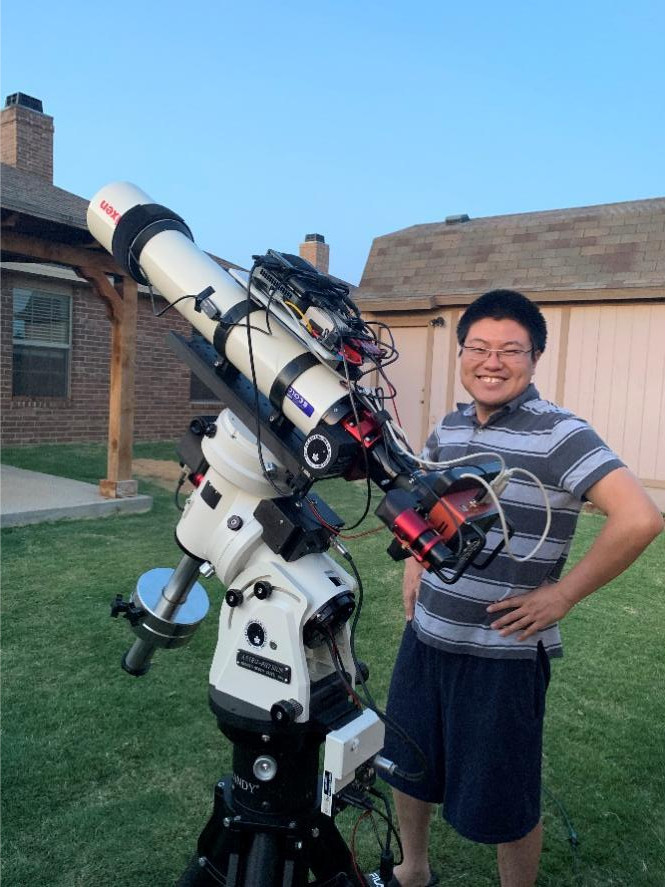
►Question Two: When did you become interested in astronomy?
My interest in astrophotography began during my doctoral studies when I developed a passion for photography. At that time, my focus was primarily on landscape photography. Around 2017, I came across a stunning image of the Orion Nebula online, which left a profound impression on me. From that time, I started following relevant forums and the second-hand market, using my spare money to purchase equipment and began learning astrophotography.
►Question Three: When and how did you get into astrophotography?
I actually started astrophotography in early 2018 when I moved to the Bay Area in California for my postdoctoral work. Prior to that, while I was still in Pennsylvania, I had already purchased an NEQ6 equatorial mount and a Vixen ED103S refractor. I had also modified my D5100 camera for astrophotography, but at that time, I didn't know how to assemble the entire system. It was during this time when I met Dr. 3J online, who happened to be in California as well, and later I moved to the Bay Area for my postdoc.
I made plans with 3J to go out and take some photos together. I remember it was an afternoon in February 2018 when I loaded all the equipment into my car and drove to a hill in a state park. With 3J's help, I managed to set up all the equipment for the first time. The constellation Orion was already high in the sky, and we spent less than two hours taking photos before we went back home. I didn't realize how exhausting astrophotography could be. Looking back, the photos I took at that time didn't look great at all, but I was ecisted to have captured celestial objects for the first time.
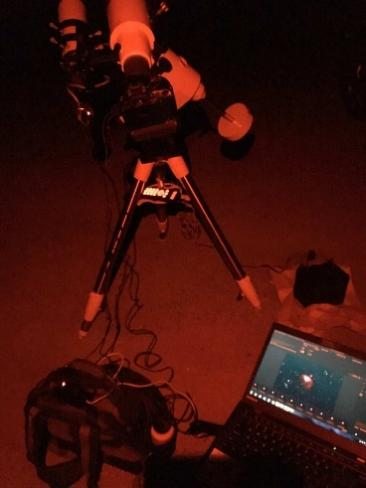
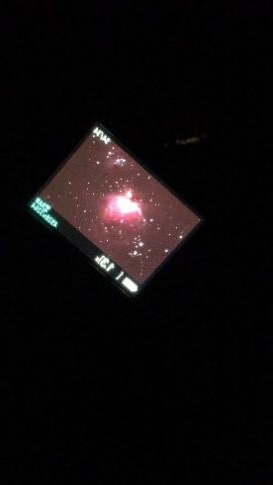
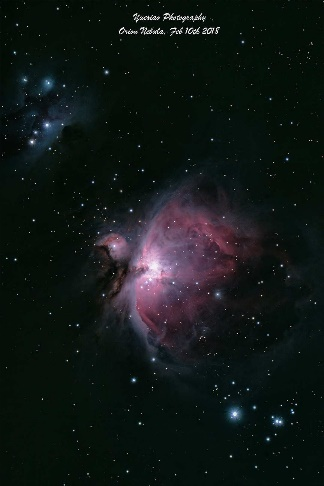
After that, there was no turning back. I would set up my equipment almost every month during the new moon. I also met some Chinese engineer friends working in the Bay Area who shared the same passion in astrophotography. They had excellent equipment, and I learned a lot from them. Together, I quickly improved my anthropography. I purchased my first cooled CCD cameras, learned about imaging software, modified focusers, installed motors for autofocus, and studied post-processing techniques. The learning progress was rapid, and I soon realized the limitations of my own equipment. Later on, I started upgrading my gear by purchasing used equipment from the American astrophotography second-hand markets like Cloudy Nights and Astromart. One of the most significant upgrades was acquiring the AP1100GTO equatorial mount. During my time in California, I learned the fundamental skills of astrophotography. I appreciated the time spent with my friends in California. We attended star parties together. When setting up our equipment, we would also set up hot pot meals outdoors. The great smell of food immediately attract the attention of many American folks.
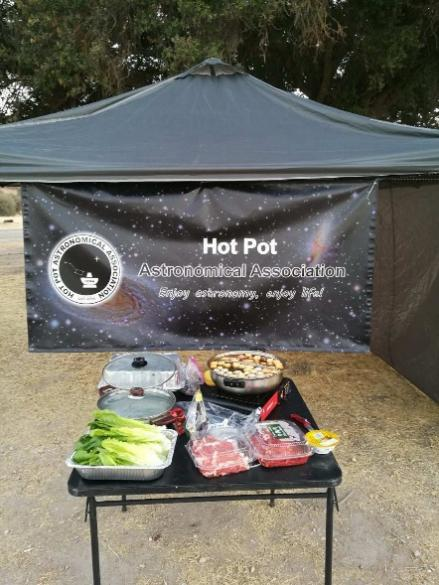
In 2019, I moved to Texas to begin my career as an assistant professor. My astrophotography journey entered a new phase. I joined the local astronomy club, where the president at that time was a retired professor from our university's Soil and Science Department. He was one of the few members in the club who focused on astrophotography, while the rest of the members were primarily visual observers. I also connected with some Chinese astronomy enthusiasts in Texas, but due to the distance, we had limited opportunities to set up our equipment together.
In 2020, with the coming of COVID-19 pandemic, progress on many things slowed down. During that time, I started considering building a remote observatory on the club's ranch. Our club president often encouraged me to do so. However, I lacked the experience, so it took me a year to get started. I first purchased a QHY16200A camera and a used Takahashi TOA130 telescope. In my backyard, I constructed a concrete pier to test my equipment Finally, in 2021 summer, I established my own observatory on the ranch.
I personally designed the foundation of the observatory for improved stability. Each concrete pier wes integrated with an underground one-cubic-meter cement foundation. The floor of the observatory was designed to be separate from the pier. Therefore, our telescope and mount can be totally independent from the observatory building. After the construction workers completed the building, I invited friends to help with further improvements, such as electrical and network connections, opening and closing mechanisms for the roof, and painting. Later, I made more optimizations and improvements to the observatory on my own. By August 2021, it was ready for operation.
Since then, my astrophotography has transformed into remote imaging. I occasionally visit the observatory to perform maintenance tasks such as weed and bug control. I have created an imaging checklist for myself because different targets require different telescope focal lengths. Therefore, I have also started refining my telescope combinations for various purposes.
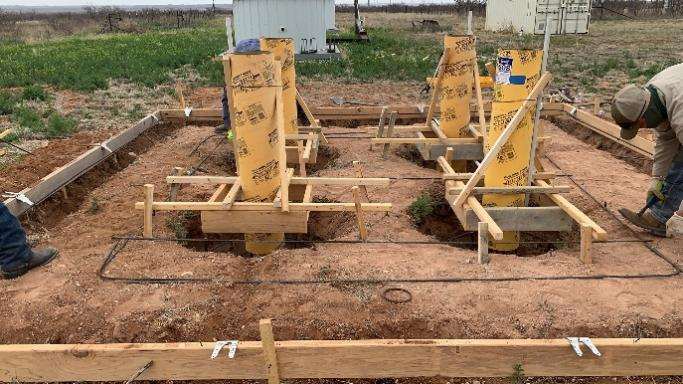
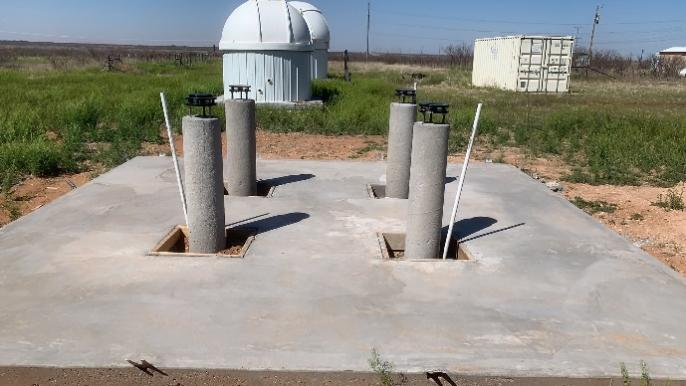
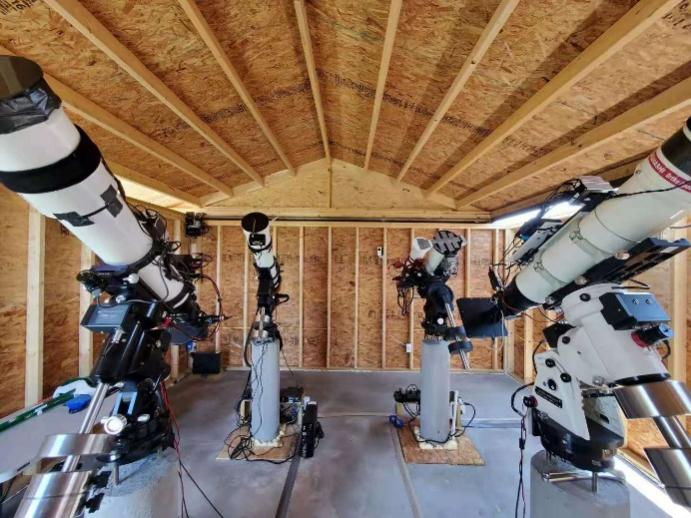
►Question Four: What equipment and devices are you currently using?
My initial equipment was NEQ6, VixenED103S, and the camera was a modified D5100 camera.
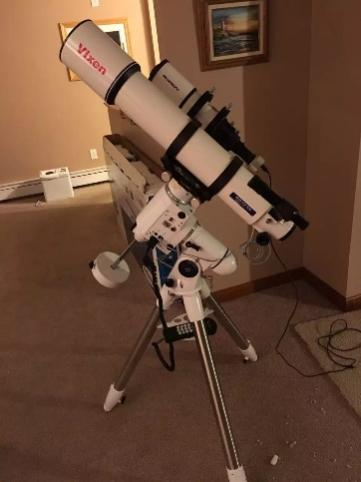
Later, the equatorial mount was upgraded to the AP1100GTO model, and the camera was the SBIG8300 with Astrodon filters. The telescopes used were the Vixen ED103S and the Astro Tech 65EDQ. At this point, the equatorial mount had already been upgraded to one of the best mounts available for amateur astronomers.
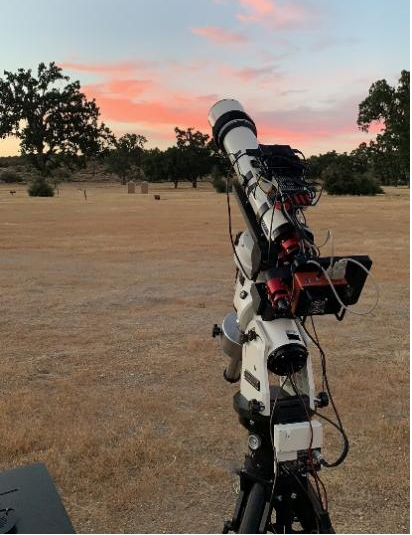
After moving to Texas, for the first stage of remote control, my equatorial mount was the AP1100GTO. The wide-angle system is TOA130+35 Reducer+QHY16200A+Chroma filter, and the telephoto system is RC8+SBIG8300+Astrodon filter. The two systems are built side by side, and the target can be switched at any time. The RC8 was lent to me by a friend. At this time, I still mainly used CCD cameras.
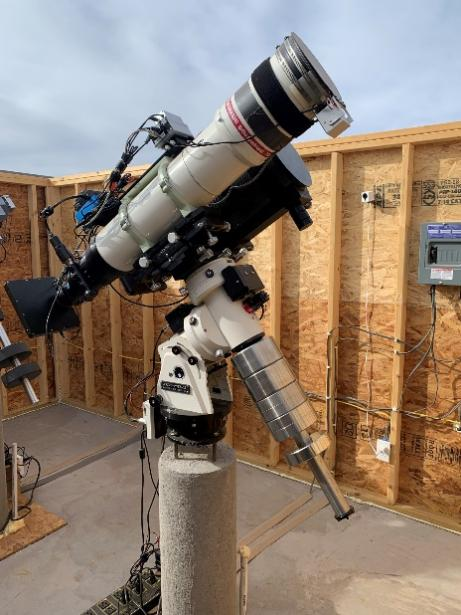
In the second stage of remote imaging, my equatorial mount was AP1100GTO, and the SBIG8300 was broken. I also realized that the CCD era was over. My partner and I had already started to replace our equipment and upgraded our cameras to QHY600m full-frame camera. The current wide-angle system is Epsilon E160ED+QHY600m+ Chroma broadband Astrodon narrowband filter, the mid-focal-length system is CCA-250+QHY600m+Chroma broadband Astrodon narrowband filter, and the long-focal-length system is RCOS12.5+ QHY600m+ Chroma broadband Astrodon narrowband filter. Epsilon E160ED is in operation; CCA-250 is still on its way back from maintenance; RCOS has been optimized. It should be noted that all the equipment do not belong to me alone. They were jointly funded by me and two other partners, which can reduce everyone’s investment. The equipment optimization is basically completed by me.
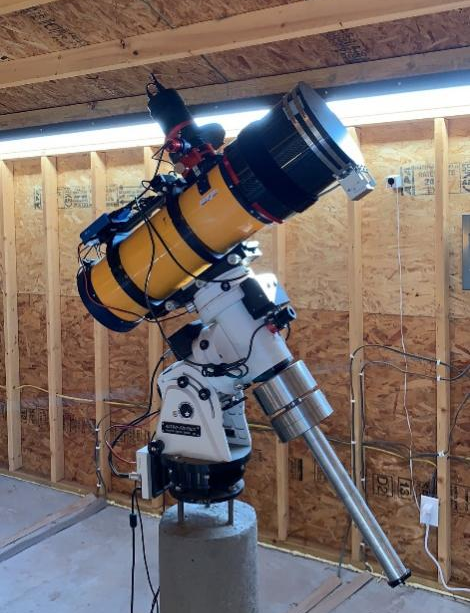
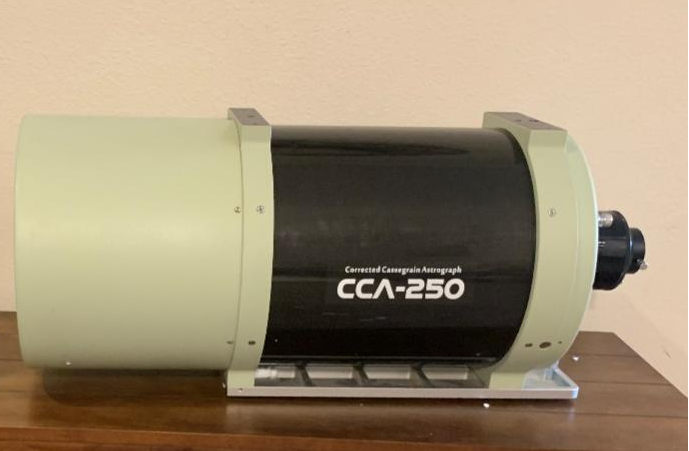
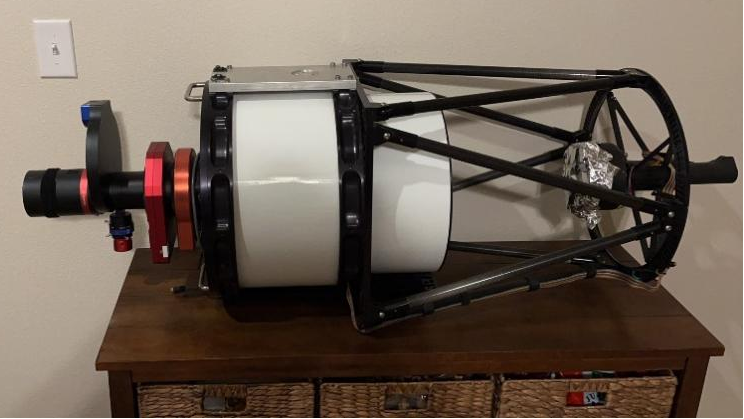
I also have an AP Mach1, Lunt80 double stack, and C11 in my backyard, which I use to do visual, solar and planetary imaging.. I also use these two devices to do outreach for young people.
►Question Five: Can you introduce us about the winning entries?
The awarding work was also published on NASA's APOD website. The two dark clouds, SH2-238 and SH2-239, are located in the constellation Taurus, but capturing them together is not easy as it requires a particularly wide field of view. Additionally, the presence of the bright star Aldebaran nearby can cause strong glare in the photos. After observing each individual subframe during post-processing, I noticed that the position of the glare changed after the images were taken after meridian flip. Therefore, I stacked the flipped and unflipped images separately, and then compared them to the entire series. I used masking to remove the areas affected by the glare, minimizing the impact caused by Aldebaran as much as possible.
►Question Six: Have you encountered any interesting or memorable experiences while doing astrophotography so far?
Astrophotography is a challenging hobby, especially in the early stages. It takes huge efforts. During early times, I had to load a ton of equipment. Everything was heavy, particularly the batteries. The summer heat and mosquitoes were annoying. In winter, sleeping in the car was not comfortable. I remember one time when I was photographing the Horsehead Nebula at Lake San Antonio campground in California, it was so cold. I couldn't fall asleep. Eventually, to keep warm, I ended up taking more than ten showers at the campground's restroom. There are many experiences like this.
Through astrophotography, I have met many friends. I have got numerous support and help from them, whether in personal life or professional work I really appreciate what this hobby has given to me. I also do my best to help these friends. I feel fortunate that we started as strangers and became acquainted within this community. My wife has also been incredibly supportive of my hobby, and I am immensely grateful for that.
►Question Seven: What do you think of the current level of astronomical equipment and devices manufactured in China?
The astronomical equipment and devices manufactured in China have revolutionized traditional amateur astrophotography. Their presence has significantly reduced the cost of astronomical equipment, enabling more and more people to engage in and develop a passion for this hobby that once was economically non-feasible for most people.
In the past, Chinese-manufactured astronomical equipment was primarily focused on OEM (Original Equipment Manufacturer) products. However, Chinese brands have emerged in recent years. For telescopes, there are SKYROVER and Askar; for filters, there are Optolong and Antlia; and for cameras, there are QHY and ZWO. These brands have obtained a significant share of the European and American markets (the traditional amateur astrophotography markets). From this perspective, Chinese-made astronomical equipment has been very successful.
However, there is still a gap between Chinese-made astronomical equipment and the top-tier devices from foreign manufacturers (such as those from Europe, the United States, and Japan). In terms of high-end equatorial mounts, refractors, reflectors, and even filters, domestic products still cannot catch up to them yet. For the manufacturing of high-end products, I believe that many domestic manufacturers still lack a certain "craftsman spirit" to push their products to the extreme performances. However, this also depends on the market, with each company having its own positioning and targeted customers.
►Question Eight :Final question, do you have any advice for beginners interested in astrophotography?
One basic advice is to enjoy this hobby according to your own abilities, including time and financial resources. Astrophotography has various categories. Some focus on capturing wide-field images, while others prefer remote astrophotography or narrowband imaging in their backyard. There are those who specialize in planetary photography, solar imaging, or deep-sky astrophotography. Each individual can choose specific projects based on their circumstances and preferences. The level of dedication may vary from person to person. For me, this hobby occupies a significant portion of my time outside of work, and I have invested considerable effort into it. I look forward to both enjoying the entire process and continuously improving my skills.


